Old Camellia turning yellow after transplant
Sil72
11 years ago
Featured Answer
Sort by:Oldest
Comments (10)
Sil72
11 years agoRelated Professionals
Maple Valley Landscape Architects & Landscape Designers · Beavercreek Landscape Architects & Landscape Designers · Deer Park Landscape Architects & Landscape Designers · Signal Hill Landscape Architects & Landscape Designers · Dixon Landscape Contractors · Duarte Landscape Contractors · East Haven Landscape Contractors · Gurnee Landscape Contractors · Kailua Landscape Contractors · Mahwah Landscape Contractors · Munster Landscape Contractors · Pompton Lakes Landscape Contractors · Red Oak Landscape Contractors · South Portland Landscape Contractors · Watertown Landscape Contractorsluis_pr
11 years agoluis_pr
11 years agotamararly
11 years agoSil72
11 years agotamararly
11 years agoSil72
10 years agoluis_pr
10 years agoBronwyn Woodbury
2 years ago
Related Stories
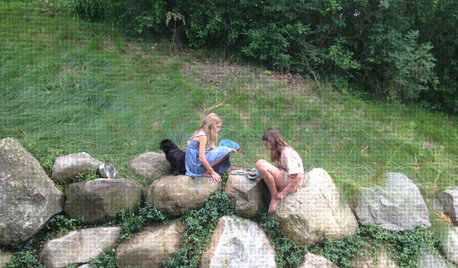
LIFETurn Off the Video Games and Turn On Your Kid's Creativity
Going nuts planning summer activities? Kids overdosing on screen time? It may be time to foster more self-directed play
Full Story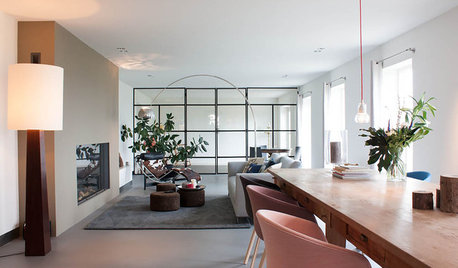
HOUZZ TOURSMy Houzz: Turning a Netherlands Barn Into a Country Home
Once a place for chilling milk, this Dutch home now lets the owners chill out in easygoing comfort
Full Story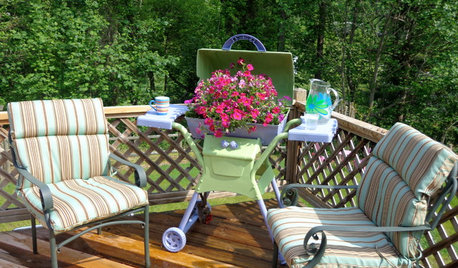
SALVAGEReinvent It: Make a Cheery Planter From an Old Eyesore
Don't ignore that yucky old grill growing rust in your yard — turn it into a lighthearted planter that's a joy to see
Full Story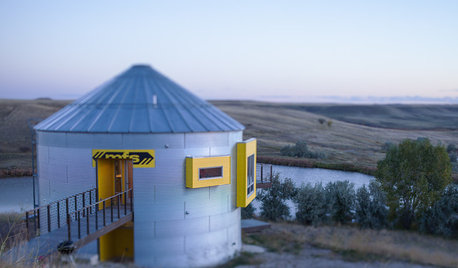
HOUZZ TOURSHouzz Tour: Prairie Grain Bin Turned Bucolic Retirement Home
An agrarian structure and a big dream combine in this one-of-a-kind home that celebrates 250 acres of Montana grasslands
Full Story
COLORFUL HOMESHouzz Tour: Turning Tradition on Its Head in Vermont
Leopard-spotted stairs, Victoriana paired with Lucite and other daring style moves give a home in a shire a completely new twist
Full Story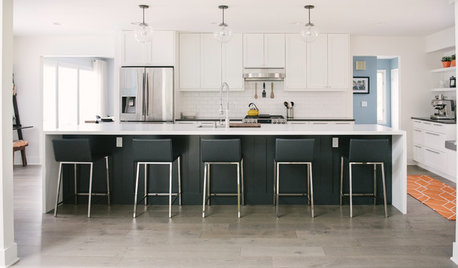
WHITE KITCHENSBefore and After: Modern Update Blasts a '70s Kitchen Out of the Past
A massive island and a neutral color palette turn a retro kitchen into a modern space full of function and storage
Full Story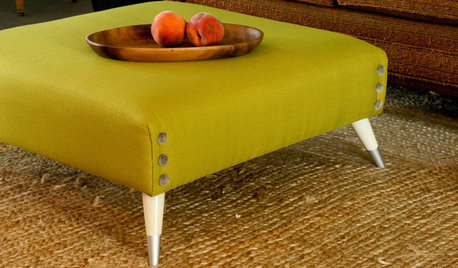
DIY PROJECTSTurn a Shipping Pallet Into a Stylish Ottoman
Get the step-by-step instructions for upholstering your own mod living room centerpiece
Full Story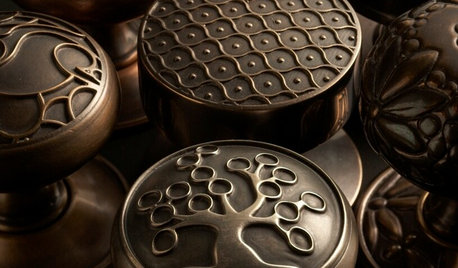
GREAT HOME PROJECTSNew Hardware Gives Doors a Turn for the Better
New project for a new year: Get a handle on how to find the knobs, levers or pulls that will make your doors memorable
Full Story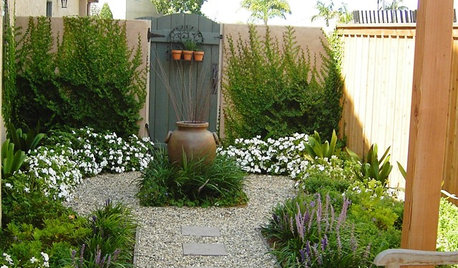
GARDENING GUIDESHow to Turn a Side Yard Into a Glorious Garden Room
With just 8 feet or so, you can turn a plain side yard into a garden that lets you get carried away
Full Story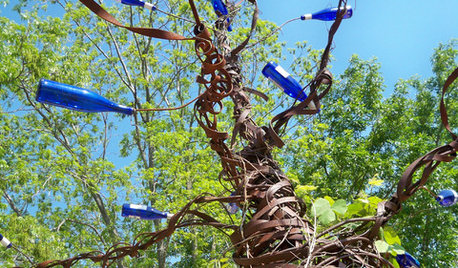
GARDENING AND LANDSCAPINGTurn Household 'Junk' Into Garden Treasures
Don't kick discarded household items to the curb — send them to the garden as planters, art pieces and conversation starters
Full StoryMore Discussions






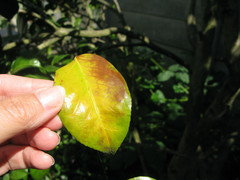
luis_pr